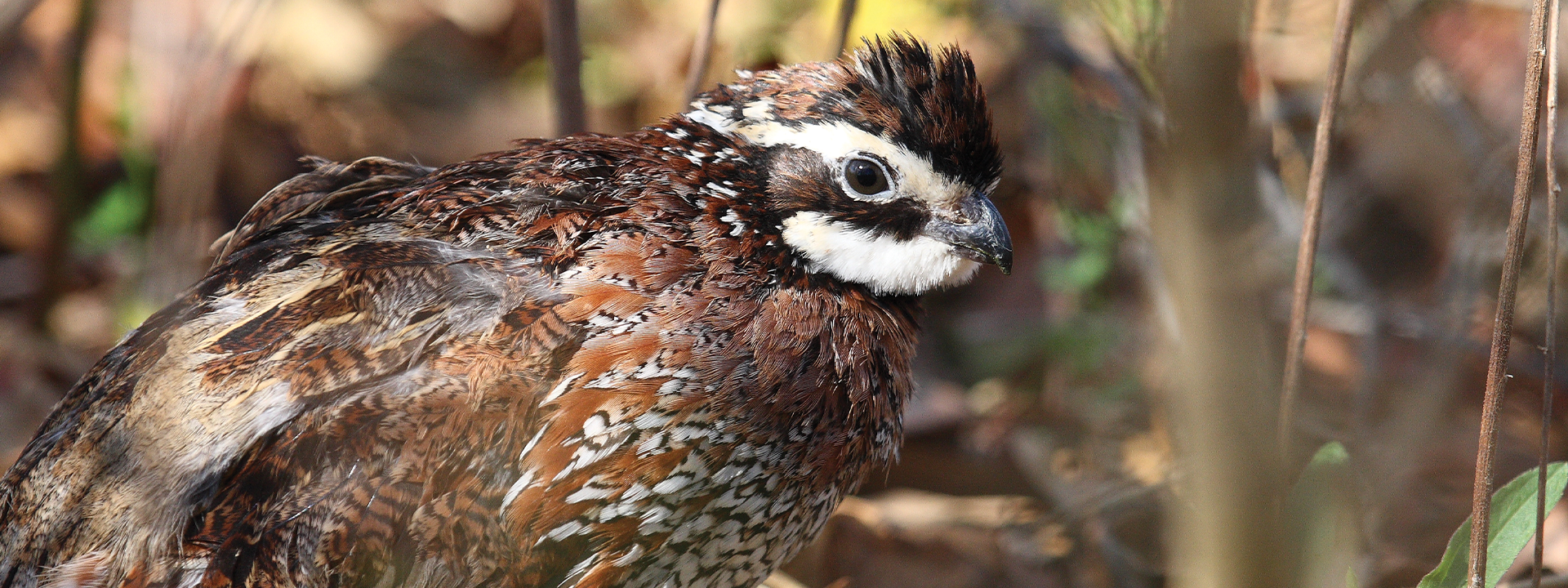

By Rick Hamrick
As spring emerges in Mississippi, male bobwhite quail call out to attract mates, continuing their annual breeding ritual. However, their distinctive chorus has decreased significantly over the decades, prompting a sense of nostalgia among hunters and their families. Many long to see these charming birds thrive again, but achieving this requires a clear understanding of the challenges and a commitment to habitat management.
To enhance bobwhite quail populations, it’s crucial to set realistic goals. Are you looking to hear their whistle in spring, enjoy a few successful hunts, or aim for a sustainable population that allows for regular hunting? The latter will necessitate an investment in time, resources, and appropriate space.
Understanding Quail Needs
Effective quail management begins with understanding their habitat requirements. This includes the provision of food and cover throughout all seasons. While food is usually abundant, late winter can present challenges when resources become scarce. The primary constraint for quail survival is often the availability of quality cover.
Bobwhite quail thrive in early successional habitats, environments shaped by disturbances like fire or tillage. These areas begin with annual plants, evolving into perennial herbs and shrubs, eventually giving way to trees. Quail depend on habitats rich in annual and perennial vegetation for nesting and brood rearing.
Quality nesting cover includes native grasses like broomsedge and little bluestem, which should remain undisturbed for two to three years to create a suitable environment for nests. Although quail can nest in marginal cover, the quality of brood-rearing habitats is critical. These are characterized by tender plants such as ragweed and partridge pea that provide vital cover and food for newly hatched chicks.
Creating Suitable Habitat
Thicket cover is essential for quail, offering protection from predators and resting spots. Managing thickets effectively involves maintaining them in patches or strips rather than allowing them to cover large areas. Aim to space these thickets 100 to 200 yards apart within open areas to optimize habitat diversity.
Regular management of established thickets is necessary to encourage fresh growth. This can involve cutting back overgrown areas at staggered intervals to ensure that some thickets remain untouched, allowing time for recovery. Moreover, it’s vital to arrange nesting and brood-rearing habitats in proximity, enabling chicks to easily transition from nesting areas to food-rich environments without exposing them to danger.
Management Practices for Success
Land managers can utilize practices like disking and prescribed burning to sustain the early successional plant communities that quail prefer. These methods maintain the structural complexity of habitats, improve cover types, and stimulate plant germination. Exposing bare ground allows for the growth of vegetation that not only provides food but also serves as overhead cover for the birds.
While mowing can prepare sites for further management efforts, it is not an effective long-term strategy for quail habitat. Routine mowing reduces vegetative diversity and creates unfavorable conditions for quail chicks, as it limits their ability to navigate through the habitat and find food.
For optimal results, prioritize the establishment of nesting, brood-rearing, and thicket cover to create a diverse and interconnected habitat. Once these foundational elements are in place, consider incorporating supplemental food crops in well-positioned strips or patches near protective cover.
In summary, the revival of bobwhite quail populations in Mississippi ultimately relies on consistent habitat management practices. By understanding their needs and implementing proper strategies, we can work towards ensuring that the charming calls of these “Prince of Gamebirds” echo through our landscapes once more.
Rick Hamrick is the Small Game Program Coordinator for MDWFP.